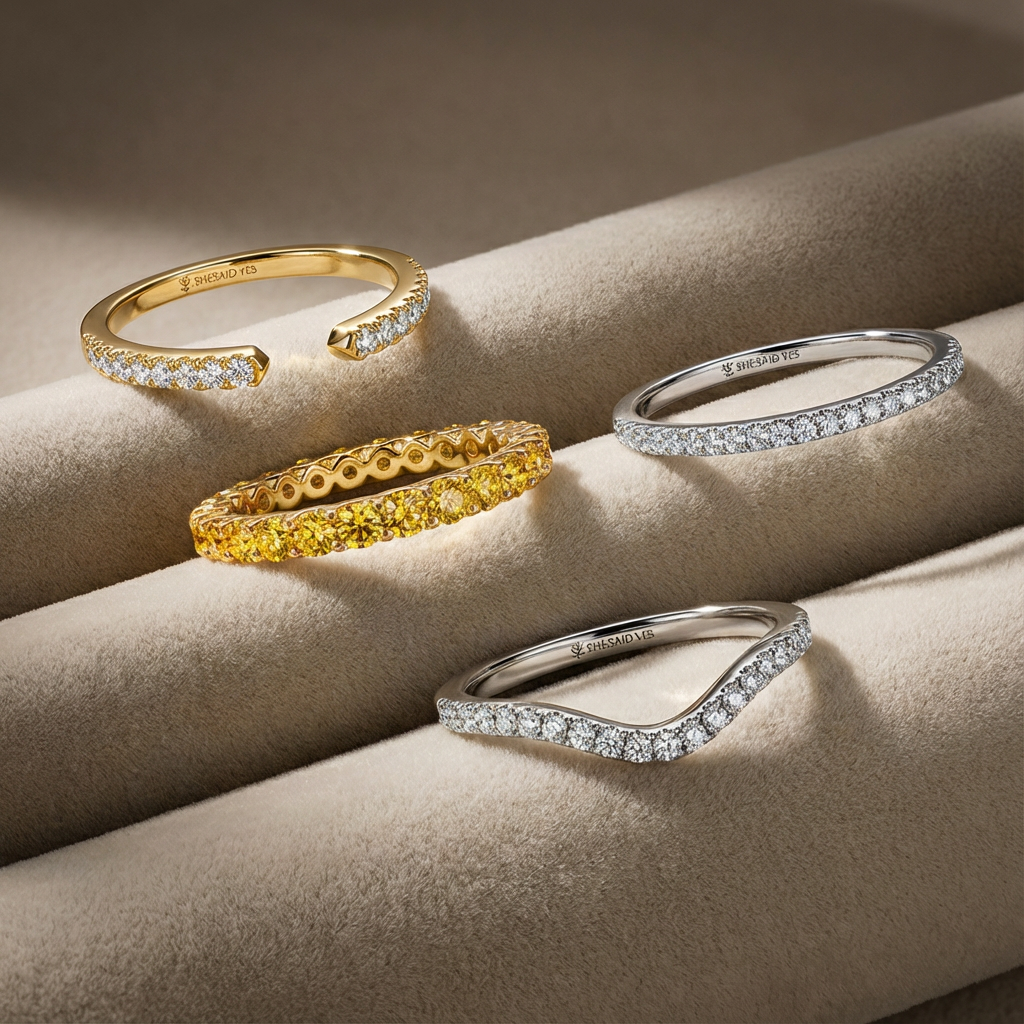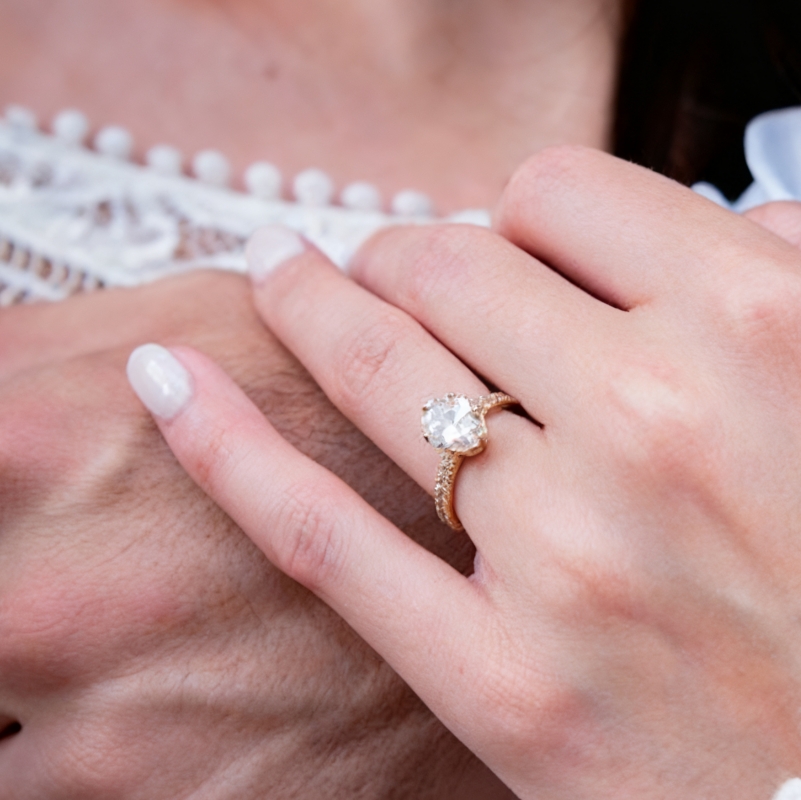Planning a wedding is an exciting time for any couple. However, the festivities often generate significant waste through decor, food, printed materials, and other items used for just one day. But incorporating sustainability need not diminish the joy and meaning of your special event. With some thoughtful choices, you can greatly lessen your environmental footprint while still celebrating your love in a beautiful way. Here are some top eco-friendly wedding ideas to consider as you plan your big day:
1. Buy Ethical Wedding Rings
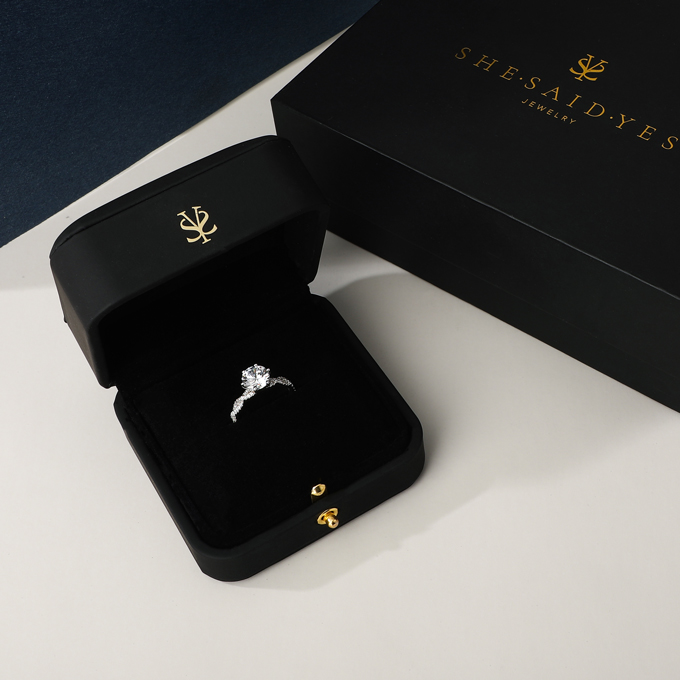
When choosing eco-friendly wedding rings, consider rings that are sustainably made and sourced. Gold and traditional diamond mining can harm the environment and communities through pollution and unsafe working conditions. Therefore, opt for rings with Fairtrade gold or recycled metals, which have less environmental impact than mined gold.
Look also at lab-created or alternative gemstones, such as Moissanite, instead of mined diamonds. Sustainable materials like lab-grown or simulated gems eliminate pollution from mining. Meanwhile, alternatives to mined diamonds offer the sparkle without the potential problems faced in gem-rich areas. Besides, by selecting rings made from sustainable materials, you can honor your commitment while protecting the earth and people for years to come.
2. Choose an Eco-Conscious Venue
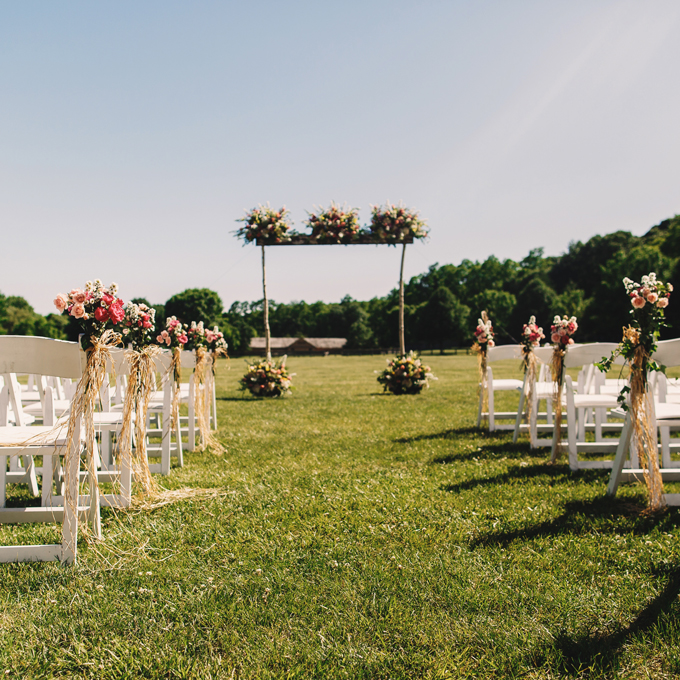
When choosing an eco-friendly wedding venue, consider properties that have obtained green certifications while continuously operating sustainably. Importantly, look for locations utilizing local, organic, and sustainable materials. And seek out venues that effectively reduce water and energy usage through efficiency measures. Likewise, favorable options will compost food waste and source ingredients locally.
Additionally, outdoor venues provide their own advantages. Specifically, outdoor sites avoid energy consumption associated with heating, cooling, and powering buildings, as commonly found at indoor locations. In the same way, nature preserves hold ceremonies aiding conservation efforts. Likewise, farm venues source supplies directly on-site, cutting transportation impacts.
3. Choose Local and Seasonal Food and Flowers
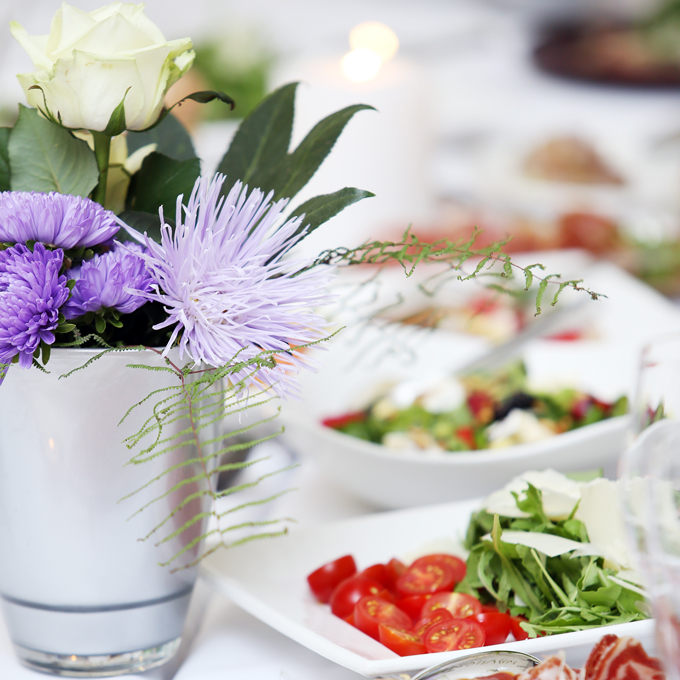
Serving locally sourced and seasonal foods and flowers is a more environmentally friendly option than importing items from far distances. Local foods don’t have to travel as far for delivery, significantly reducing the carbon emissions from transportation. Similarly, seasonal flowers and produce are grown within the region; they require less energy to cultivate compared to out-of-season options that demand artificial lights, heaters, etc.
Overall, choosing local suppliers ensures items are sourced from within the bioregion, effectively cutting transportation needs and associated greenhouse gas emissions. Focusing on what thrives during the wedding month allows you to celebrate your love while minimizing environmental impacts.
4. Reuse or Rent Decor Elements
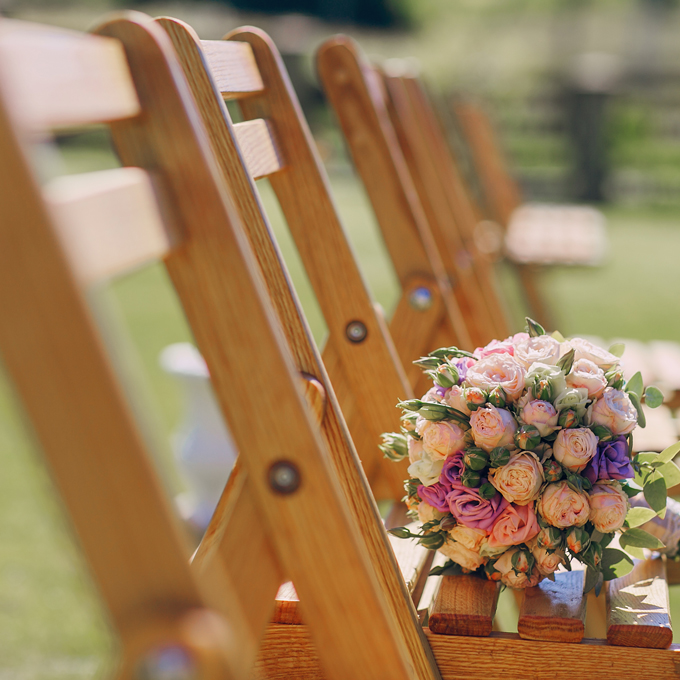
You can reduce waste from one-time-use decor by embracing reuse and rentals. Not only can you borrow furnishings and draping from friends, but you can also rent supplies for the event. This avoids rented materials going straight to landfills after the wedding. Meanwhile, decor pieces with sentimental meaning, like hanging family photos or borrowed centerpieces, help personalize the space eco-consciously.
Furthermore, you may collect donations from guests wishing to contribute personalized decor items symbolizing memories of your relationship. Opting to rent supplies instead of purchasing new ones allows the reuse of resources like chairs, linens, and lighting over multiple events. You can give your wedding decor meaning through creative reuse and rental options while keeping it sustainable.
5. Favor Digital Save-the-Dates and Invitations
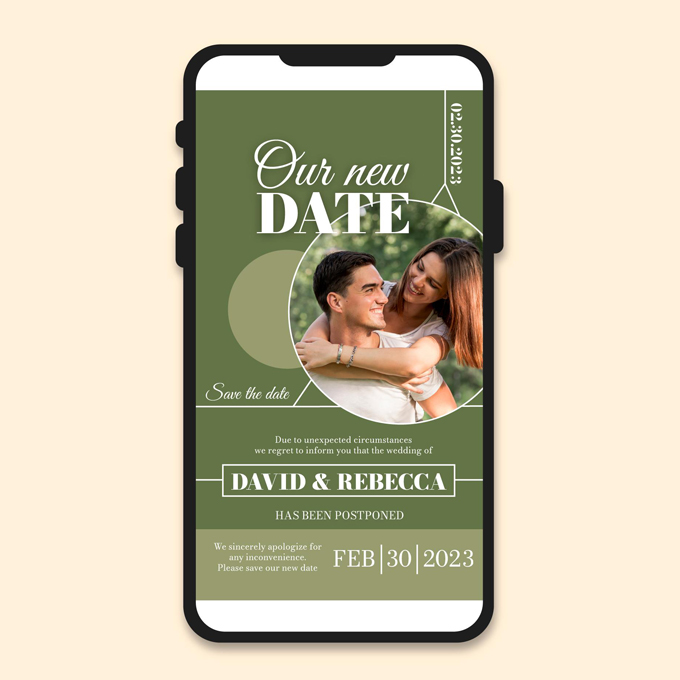
While paper invitations can be lovely keepsakes, digital save-the-date invitations reduce paper waste. Instead of printing envelopes and response cards for every guest, email save-the-dates allow easy electronic RSVPs. Similarly, digital wedding invitations sent via email minimize paper usage. While some guests may still prefer tangible invites, bulk paper printing is no longer necessary.
However, you can maintain a personal touch by including a small number of printed programs for the ceremony and reception. Overall, opting for digital correspondence over printed reduces material consumption without fully losing the impact of beautiful design. Through simple digitization, you can find green solutions that are equally as charming as traditional paper invitations.

